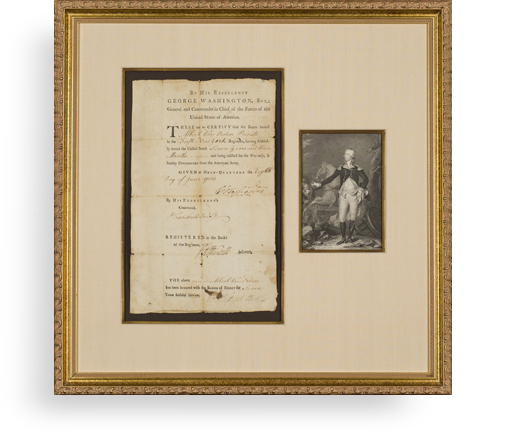Thomas Edison Writes to the Maharaja, Seeking Help in Taking “Moving Pictures” in “your wonderful country”



This was part of his contemporaneous decision to make films for entertainment purposes
With the envelope addressed to the Maharajah
“I am sending my representative, Mr. James Ricalton, to your wonderful country to obtain a series of moving pictures of interesting subjects. I have thought it may be within the power of your Excellency to assist my photographer in gaining access to subjects… These...
With the envelope addressed to the Maharajah
“I am sending my representative, Mr. James Ricalton, to your wonderful country to obtain a series of moving pictures of interesting subjects. I have thought it may be within the power of your Excellency to assist my photographer in gaining access to subjects… These pictures are now being used widely over the world as an educational factor”
Thomas Edison’s company, Edison Manufacturing Company, began to focus on expanding its movie market, particularly in the Great Britain and parts of Europe, by producing films on European themes like “Relief of Lucknow”. At the same time, they were also developing new types of films and formats for home use. This led to the creation of documentary-style films like “Gold and Diamond Mines of South Africa”, and in the United States, “Down the Old Potomac”. The latter follows a week-long, 180-mile trip on the Chesapeake and Ohio Canal through the Potomac Valley from Cumberland, Md., to Washington, D.C. It includes scenes of the locks in operation; a mile-long, hand-dug tunnel which was built in 1840; coal barges plying the canal; Maryland farming country; Harper’s Ferry; and Great Falls.
James Ricalton was a traveler and photographer known for his work with Edison. He traveled extensively to capture images for Edison’s stereoscopic photography and film projects, circumnavigating the world seven times. He also played a key role in sourcing materials, such as bamboo from China, for Edison’s light bulb filament experiments. Their collaboration contributed to advancements in early photography, cinematography, and electric lighting technology, as well as the widespread dissemination of exotic movies and images from around the world.
In 1911, Edison sent his representative, Ricalton, to India to film interesting motion pictures. Ricalton had been in India before, and was well known for his still photographs of Kashmir. The Kinetograph, invented by Thomas Edison and William Kennedy Laurie Dickson, was a motion picture camera that captured sequences of images on film. These images, when viewed through a Kinetoscope (a peephole viewer), created the illusion of moving pictures. The Kinetograph was a crucial step in the development of the motion picture industry. Edison wanted Ricalton to go to India at field test this.
Typed letter signed, on his Laboratory letterhead, Orange, N.J., July 1, 1911, to His Excellency the Maharajah in India, to enlist his assistance in gaining access to points of interest for his videographer. “I am sending my representative, Mr. James Ricalton, to your wonderful country to obtain a series of moving pictures of interesting subjects. I have thought it may be within the power of your Excellency to assist my photographer in gaining access to subjects he may find desirable. These pictures are now being used widely over the world as an educational factor and any assistance which your Excellency may extend to my representative will be highly valued by me personally, as well as by the public at large.” Which maharajah this is not indicated on the letter nor its accompanying envelope.
This letter documents Edison’s interest in the international scope of his intentions and his outreach to make the sure that his movie maker will have access to the best subjects.

Frame, Display, Preserve
Each frame is custom constructed, using only proper museum archival materials. This includes:The finest frames, tailored to match the document you have chosen. These can period style, antiqued, gilded, wood, etc. Fabric mats, including silk and satin, as well as museum mat board with hand painted bevels. Attachment of the document to the matting to ensure its protection. This "hinging" is done according to archival standards. Protective "glass," or Tru Vue Optium Acrylic glazing, which is shatter resistant, 99% UV protective, and anti-reflective. You benefit from our decades of experience in designing and creating beautiful, compelling, and protective framed historical documents.
Learn more about our Framing Services











































































































